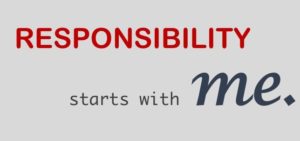This post will be focusing on the “technologist Module” one of the online courses that are available for people to take under the “Extend” Website, which can be found here:
https://extend.ecampusontario.ca/technologist-scenario/
This module focuses on teaching educators on how to use technology into their lessons, in order to be able to meet the different learning needs and abilities of their students. 
The technologist module is available to guide educators to select, use and integrate technologies in a way that supports, facilitates and enriches the learning experience of their students.
My Twitter essay which is posted below goes through a brief summary of the different parts of the module and what each of them focuses on
https://twitter.com/Blessy93130561/status/1097708946004029441
Some of the important details not covered on the essay is the digital literacy framework which includes: a) Research and Information Literacy, b) Critical thinking, Problem solving and Decision making, c) Creativity and Innovation, d) Digital citizenship, e) Communication and Collaboration, f) Technology Operations and Concepts.
Design Thinking is a powerful tool to tackle the unknown and/or reveal new ways of thinking and doing. 
As educators I think it is crucial for us to emphasize the importance of being an effective and responsible participant in a digital society as many individuals misuse technology and the media whether it is to waste class time or to hurt others through cyber bullying, hacking, etc. It is important to teach the future generations to use technology for the betterment of society and themselves. 

 teacher, so there was no issue of data tracking and being available to the open world. After reading this text, and seeing how useful this type of behaviour strategy can be, I prefer doing this type of class tracking non-digitally so that it completely avoids the issue of privacy concerns and data tracking, though I understand it is a lot more work for teachers to keep track of all their students manually, and not as easy for parents to have access to their child progress.
teacher, so there was no issue of data tracking and being available to the open world. After reading this text, and seeing how useful this type of behaviour strategy can be, I prefer doing this type of class tracking non-digitally so that it completely avoids the issue of privacy concerns and data tracking, though I understand it is a lot more work for teachers to keep track of all their students manually, and not as easy for parents to have access to their child progress.